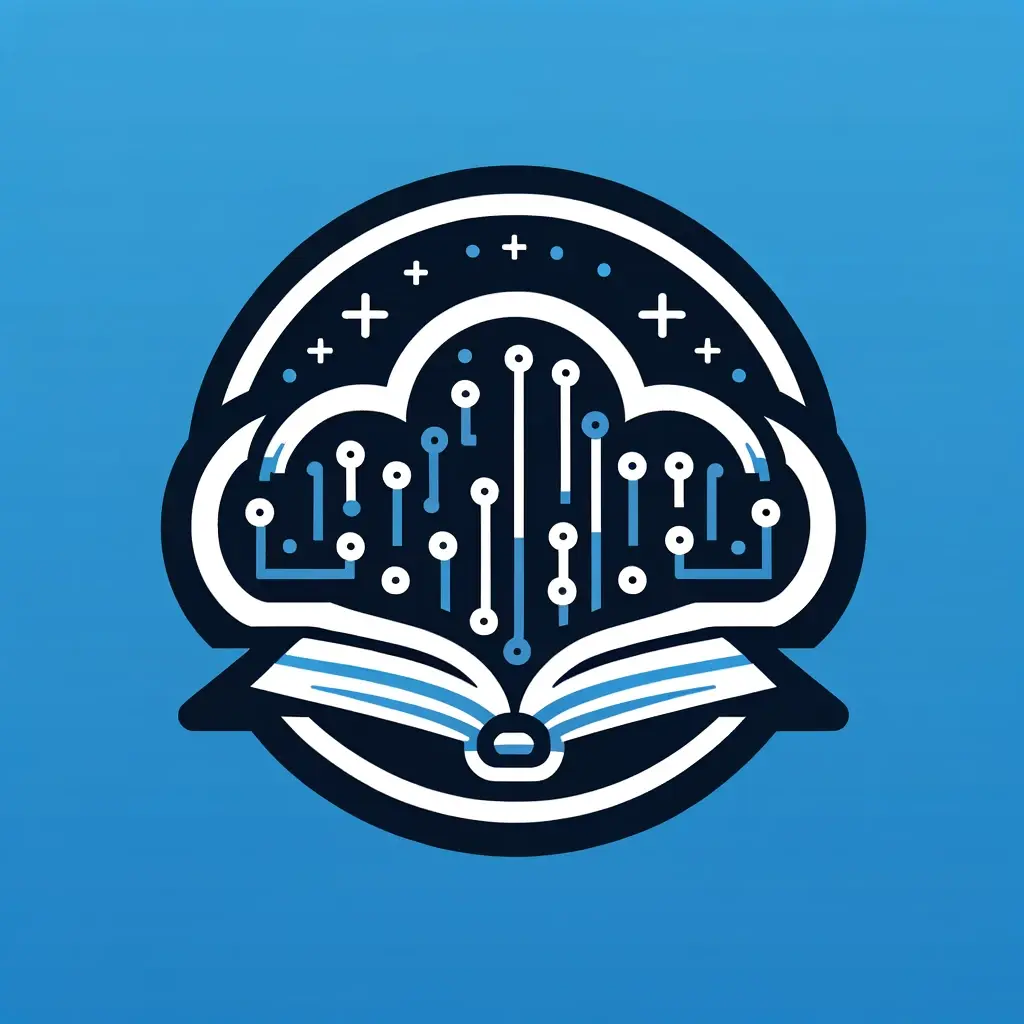Artificial Intelligence (AI) has become a ubiquitous term in the realms of technology, business, and everyday life. Despite its prevalence, the nuances of AI technology are often clouded by complex jargon. This post aims to demystify AI, delving into what AI really is, how it learns (training), how it makes decisions (inference), and how it's implemented in real-world scenarios (deployment).
What is Artificial Intelligence?
Simply put, Artificial Intelligence mimics human intelligence using machines, especially computer systems. This includes:
- Learning: Acquiring information and the rules for using that information.
- Reasoning: Employing the rules to reach approximate or definite conclusions.
- Self-Correction: Improving automatically through experiences.
AI systems are crafted to perform tasks ranging from simple ones like speech recognition and photo classification to more complex functions such as navigating autonomous vehicles or diagnosing medical conditions.
Key Components of AI
Machine Learning (ML): A subset of AI, where machines learn from data. Unlike traditional programming, ML enables a system to automatically learn and improve from experience. ML is the backbone of most modern AI systems. For example, Python libraries like scikit-learn can be used for implementing ML algorithms. Here's a simple Python example using scikit-learn to train a model for classifying iris flowers:
from sklearn import datasets
from sklearn.model_selection import train_test_split
from sklearn.ensemble import RandomForestClassifier
from sklearn.metrics import accuracy_score
# Load iris dataset
iris = datasets.load_iris()
X = iris.data
y = iris.target
# Split dataset into training set and test set
X_train, X_test, y_train, y_test = train_test_split(X, y, test_size=0.3)
# Create a Gaussian Classifier
clf = RandomForestClassifier(n_estimators=100)
# Train the model using the training sets
clf.fit(X_train, y_train)
# Predict the response for test dataset
y_pred = clf.predict(X_test)
# Model Accuracy
print("Accuracy:", accuracy_score(y_test, y_pred))
Deep Learning (DL): A more advanced subset of ML, Deep Learning uses neural networks to process data, excelling in tasks like image and speech recognition. A popular Python library for Deep Learning is TensorFlow. Below is a basic TensorFlow example:
import tensorflow as tf
# Load and prepare the MNIST dataset
mnist = tf.keras.datasets.mnist
(x_train, y_train), (x_test, y_test) = mnist.load_data()
x_train, x_test = x_train / 255.0, x_test / 255.0
# Build the tf.keras.Sequential model by stacking layers
model = tf.keras.models.Sequential([
tf.keras.layers.Flatten(input_shape=(28, 28)),
tf.keras.layers.Dense(128, activation='relu'),
tf.keras.layers.Dropout(0.2),
tf.keras.layers.Dense(10, activation='softmax')
])
# Compile and train the model
model.compile(optimizer='adam',
loss='sparse_categorical_crossentropy',
metrics=['accuracy'])
model.fit(x_train, y_train, epochs=5)
# Evaluate the model
model.evaluate(x_test, y_test, verbose=2)
Training: Teaching AI to Learn
Training an AI model involves feeding it large datasets, often annotated to facilitate learning. For example, in image recognition tasks, images are labeled (like "cat," "dog," "car") so the AI can learn to differentiate these objects in new, unlabeled images.
How Training Works
Input Data: Quality and quantity of data are pivotal. The data's diversity can help the model in making unbiased decisions. Example: In a facial recognition system, the training dataset must encompass a wide range of ethnicities, ages, and lighting conditions to be effective.
Learning Process: AI predictions are honed through iterative algorithms. Adjustments are made until accurate predictions are consistently produced.
Inference: AI Making Decisions
Inference is the process where a trained AI model applies what it has learned to new, unseen data. For instance, an AI that has been trained on thousands of labeled images might infer whether a new image contains a particular object.
Inference in Action
Efficiency and Speed: Inference must be quick and resource-efficient for practical use. For example, convolutional neural networks (CNNs) are often used in real-time object detection systems due to their efficiency in processing visual information.
Application: Inference is utilized in various applications, like product recommendations or real-time object identification in autonomous vehicles.
Deployment: Bringing AI into the Real World
AI deployment involves integrating the model into existing software and systems for real-world application.
Deployment Considerations
- Integration: The model should seamlessly integrate with existing infrastructures.
- Scalability: AI systems need to scale according to demand.
- Monitoring and Maintenance: Regular updates and monitoring are crucial for optimal performance.
- Ethical and Legal Aspects: AI must be deployed responsibly, respecting privacy, security, fairness, and regulatory standards.
Conclusion
Understanding AI and its fundamental concepts—training, inference, and deployment—is crucial in today's technology-driven world. With basic knowledge of these processes and applications, we can better navigate and contribute to discussions on future technological advancements. In future posts we will deep dive into each of these topics and how they concern the cloud architect.





